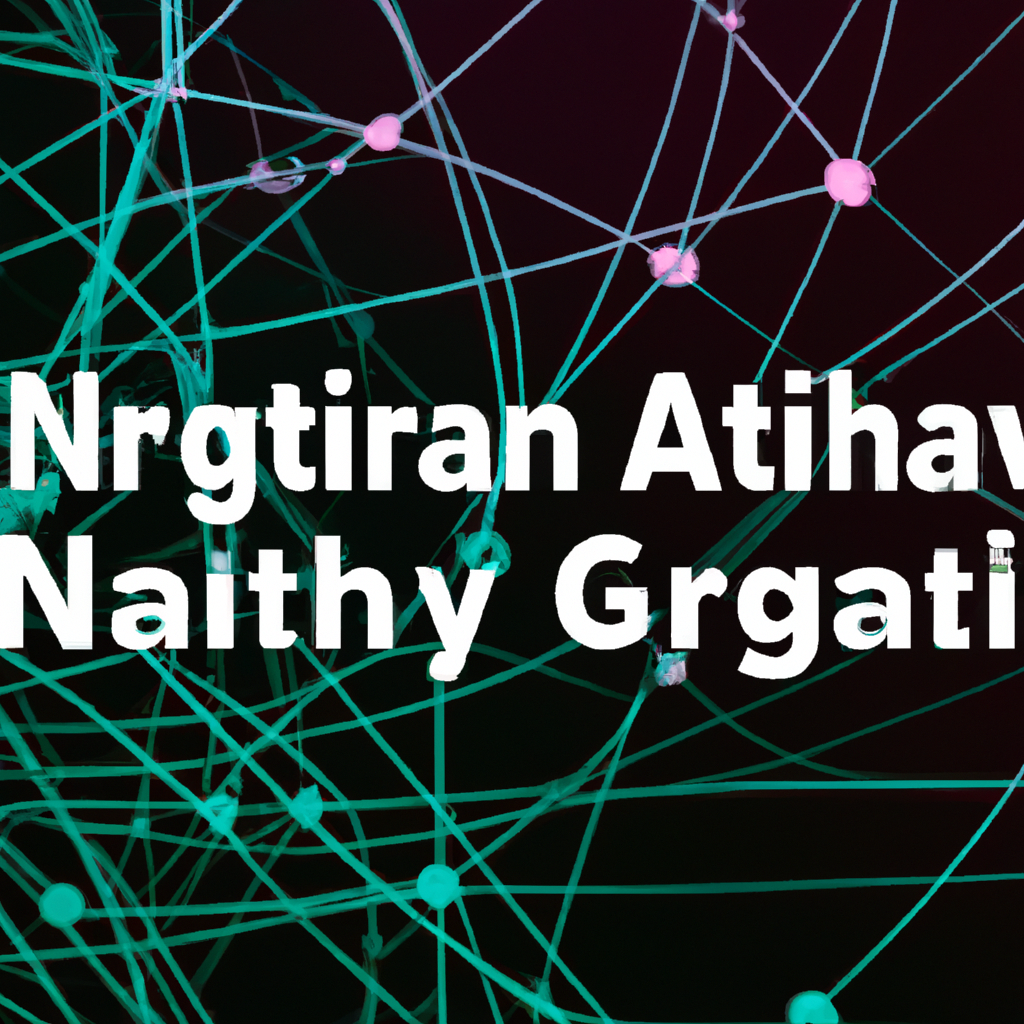Analyzing the Efficiency of Graph Algorithms in Network Analysis
Table of Contents
Analyzing the Efficiency of Graph Algorithms in Network Analysis
# Introduction
Graph algorithms have become an integral part of network analysis in various domains, such as social networks, transportation systems, and communication networks. These algorithms play a crucial role in extracting valuable insights from complex networks, enabling researchers and practitioners to understand the underlying structures and dynamics. However, with the increasing complexity and scale of real-world networks, the efficiency of these graph algorithms becomes a critical concern. In this article, we will delve into the analysis of graph algorithms’ efficiency in network analysis, exploring both the new trends and the classics of computation and algorithms.
# Efficiency Metrics in Network Analysis
Before delving into the efficiency analysis of graph algorithms, it is essential to establish the metrics used to evaluate their performance. Two widely used metrics in network analysis are time complexity and space complexity. Time complexity measures the computational cost of an algorithm, typically denoted by big O notation. It quantifies the number of operations required to solve a problem as a function of the input size. On the other hand, space complexity refers to the amount of memory required by an algorithm to execute. Both metrics are crucial in assessing the efficiency of graph algorithms in network analysis.
# Classic Graph Algorithms
Several classic graph algorithms have stood the test of time and continue to serve as the foundation for network analysis. One such algorithm is Dijkstra’s algorithm, which efficiently finds the shortest path between two nodes in a graph with non-negative edge weights. With a time complexity of O(V^2) or O(E log V) using a min-heap, Dijkstra’s algorithm has been widely adopted in various network analysis applications, including route planning and network optimization.
Another classic algorithm is the breadth-first search (BFS), which explores all the vertices of a graph in breadth-first order, starting from a given source vertex. BFS is commonly used to find the shortest path in an unweighted graph and has a time complexity of O(V + E), making it an efficient choice for network analysis tasks that involve unweighted graphs.
# Efficiency Challenges in Large-scale Networks
While classic graph algorithms have proven their efficiency in small-scale networks, they often face significant challenges when applied to large-scale networks. Large-scale networks, such as social networks or the internet, can have millions or even billions of nodes and edges, making the computational cost of graph algorithms a bottleneck.
One of the primary challenges is the sheer size of the network, which leads to increased time complexity. For example, Dijkstra’s algorithm has a time complexity of O(V^2) in its basic form, making it impractical for large-scale networks. Researchers have proposed various optimizations to address this challenge, including bidirectional Dijkstra’s algorithm and A* search algorithm, which reduce the search space and improve efficiency.
Another challenge arises from the memory requirements of graph algorithms. As the size of the network increases, graph data structures consume a significant amount of memory. For instance, storing a graph as an adjacency matrix requires O(V^2) space, which becomes infeasible for networks with millions of nodes. To overcome this challenge, researchers have developed alternative data structures, such as adjacency lists and compressed sparse row formats, which significantly reduce the memory footprint.
# New Trends in Graph Algorithm Efficiency
As the field of network analysis continues to evolve, researchers are constantly developing new algorithms and techniques to improve efficiency. One prominent trend is the application of parallel and distributed computing to graph algorithms. By leveraging the power of multiple processors or a network of interconnected machines, parallel and distributed graph algorithms can achieve significant speedups in computation. For example, the GraphLab and Pregel frameworks enable scalable and efficient graph computations by distributing the workload across multiple machines.
Another emerging trend is the development of approximation algorithms for large-scale networks. Instead of aiming for exact solutions, these algorithms provide approximate solutions with guaranteed performance bounds. Approximation algorithms sacrifice accuracy for improved efficiency, making them suitable for scenarios where an approximate solution is acceptable. For instance, the PageRank algorithm, which ranks the importance of nodes in a graph, can be efficiently approximated using techniques like personalized PageRank and random walks with restart.
Furthermore, machine learning techniques, such as deep learning and reinforcement learning, are being applied to graph analysis tasks. These techniques leverage neural networks to learn patterns and representations from network data, enabling efficient analysis and prediction in complex networks. For example, graph convolutional networks (GCNs) have shown promising results in tasks like node classification and link prediction, where efficiency is crucial due to the large-scale nature of the networks.
# Conclusion
Efficiency analysis of graph algorithms in network analysis is of paramount importance as networks continue to grow in scale and complexity. Classic graph algorithms have laid the foundation for network analysis but face challenges in large-scale networks. Researchers are actively developing new algorithms and techniques, including parallel and distributed computing, approximation algorithms, and machine learning, to address these challenges and improve efficiency. By continually analyzing and optimizing the efficiency of graph algorithms, we can unlock the full potential of network analysis and gain deeper insights into the intricate structures and dynamics of real-world networks.
# Conclusion
That its folks! Thank you for following up until here, and if you have any question or just want to chat, send me a message on GitHub of this project or an email. Am I doing it right?
https://github.com/lbenicio.github.io

